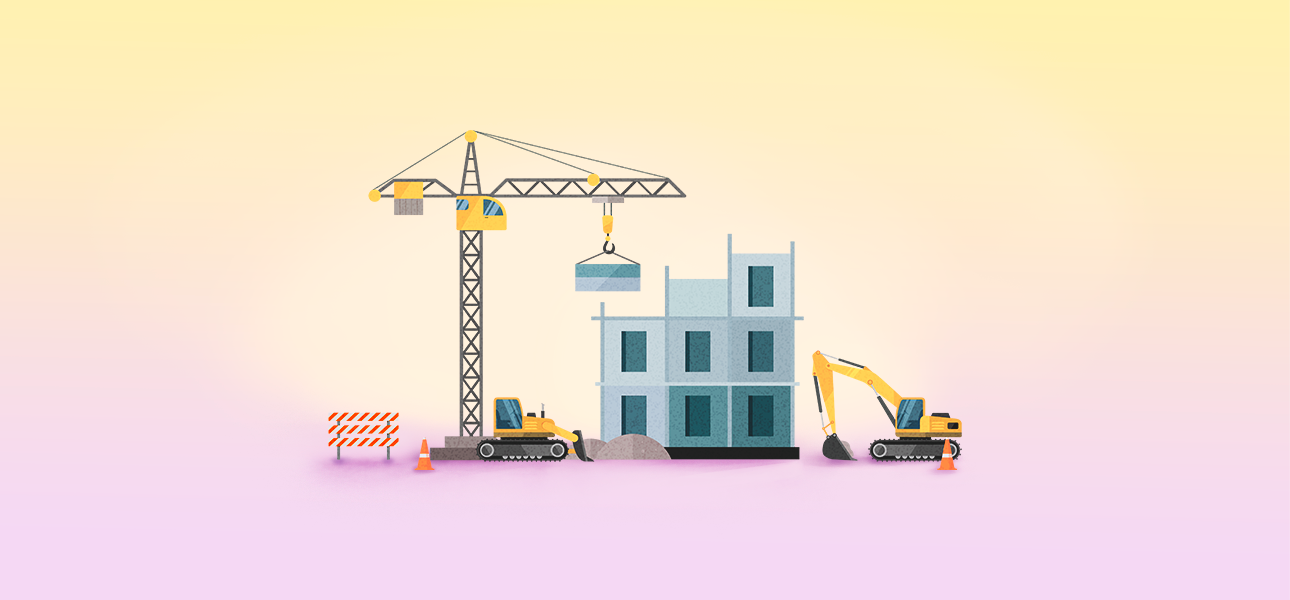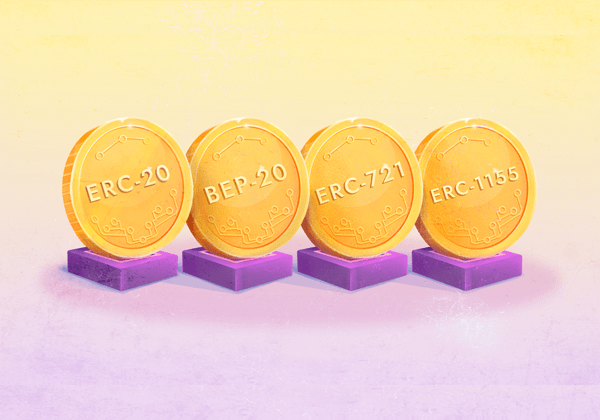
Features of Investing in Real Estate at the Construction Stage
Features of Investing in Real Estate at the Construction Stage
In this article, we delve into the distinctive aspects of investing in real estate at its construction stage. We also touch on the inherent risks, such as the potential for delayed project completion, the absence of rental income during the construction period, and the possibility that the finished property or surrounding infrastructure may not meet initial expectations. Understanding these factors is crucial for investors to make informed decisions in the real estate market.
Table of content
- Reduced price
- Greater choices
- Prolonged absence of rental payments
- Risk of delayed delivery
- Risk of unmet expectations
- Conclusion
Reduced Price
The first pivotal factor to consider when investing in real estate during the construction phase is the potential for securing properties at a reduced purchase price. The financial appeal of this stage derives from developers' strategies to attract investors and offset some of the initial construction costs. These lower prices can amount to substantial differences, often ranging from 20% to 40% less than the final market price upon completion.
However, these lower costs aren't without reasons. Investing during construction involves higher risks, including project delays or cancellations.
Greater Choices
Following the financial benefits, another significant advantage of investing in real estate during the construction phase is the broader range of choices it presents. When developers start selling properties at the construction stage, it opens a wide array of options for the early investors. These options often include the best locations within a development, the most desirable floor plans, view orientations, and sometimes even customizable features and finishes.
For instance, in the case of a residential development, the units with the most advantageous locations — such as those with better views, larger floor areas, or preferable orientations - tend to be the first ones to be snapped up. By investing early, individuals have the opportunity to select a property that best suits their preferences or the preferences of their potential renters, enhancing the property's future value and desirability.
Furthermore, this early-bird strategy is particularly beneficial in high-demand locations or unique, limited-edition properties. This could be a waterfront property, a unit in a historic redevelopment, or an apartment in a building designed by a renowned architect.
Prolonged Absence of Rental Payments
Alongside the potential benefits of investing in real estate during the construction phase, there are also some challenges that investors must navigate. One of the prominent ones is the prolonged absence of rental payments.
It's clear that an unfinished property cannot be rented out. During the construction period, which could span several months to years, the property does not generate any income. This lack of immediate return on investment is a significant consideration for those relying on rental income as a cash flow source.
While the long-term profitability may still be high once the property is complete and rentable, the interim period demands financial resilience. Investors need to have sufficient resources to maintain their investment without the support of rental income. Additionally, they should also consider other holding costs like mortgage payments during this period.
Risk of Delayed Delivery
Another critical factor that investors must consider when investing in real estate during the construction phase is the risk of delayed delivery. It's not uncommon for construction projects to face delays due to a variety of reasons, ranging from unforeseen logistical issues, shortage of construction materials, changes in regulations, to financial difficulties faced by the developers.
In such cases, the initially projected completion dates could be postponed, meaning that the property becomes available for use later than expected. For an investor, this could lead to a longer than anticipated capital freeze, further delaying any potential returns from rental income or resale.
For example, an investor who purchased a property expecting it to be completed in two years might find themselves waiting three or more years instead.
Moreover, in extreme cases, developers may fail to complete the properties at all. This could result from severe financial problems, insolvency, or legal issues.
Risk of Unmet Expectations
The last substantial factor to bear in mind when investing in real estate during the construction phase is the risk of unmet expectations, particularly regarding the infrastructure of the location. Developers frequently do not limit their projects to the construction of buildings alone but also engage in the development of surrounding infrastructure. This might include amenities such as roads, parks, commercial spaces, and community facilities that can significantly enhance the attractiveness and value of the property.
However, while a property itself might be delivered on time, there is a possibility that the associated infrastructure and location enhancements may face delays or fail to meet the initial promises. Factors such as changes in municipal plans, financial constraints, legal issues, or even environmental concerns can alter the planned infrastructure development, resulting in a divergence from the initial expectations.
In extreme scenarios, the projected enhancements might not materialize at all, leading to a significant discrepancy between the expected and actual value of the property. This can lead to a decrease in the property's profitability due to both a decrease in rental income and a decrease in resale value.
Conclusion
Investing in real estate during the construction phase offers both unique opportunities and significant risks. Potential financial benefits such as reduced purchase prices and a wider selection of properties are balanced against challenges like the absence of immediate rental income, possible delays in delivery, and the risk of unmet expectations. Balancing potential rewards with inherent risks is crucial for making strategic and well-informed decisions in this segment of the real estate market.
► Sabai Academy — a place where studying blockchain, crypto, fractional ownership, and real estate investments becomes a catalyst for capital growth!
Sabai Academy
BOOST your knowledge with our FREE crypto courses!
Related Articles

How to buy USDT on the Polygon network and withdraw it to MetaMask?

FULL GUIDE: Staking with Sabai

